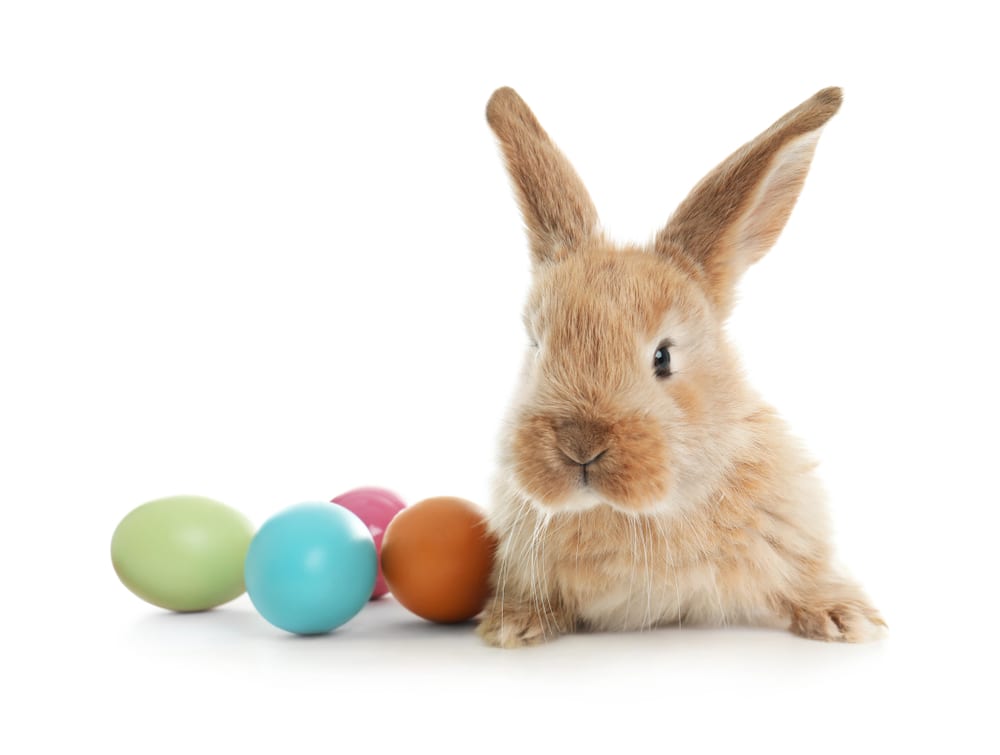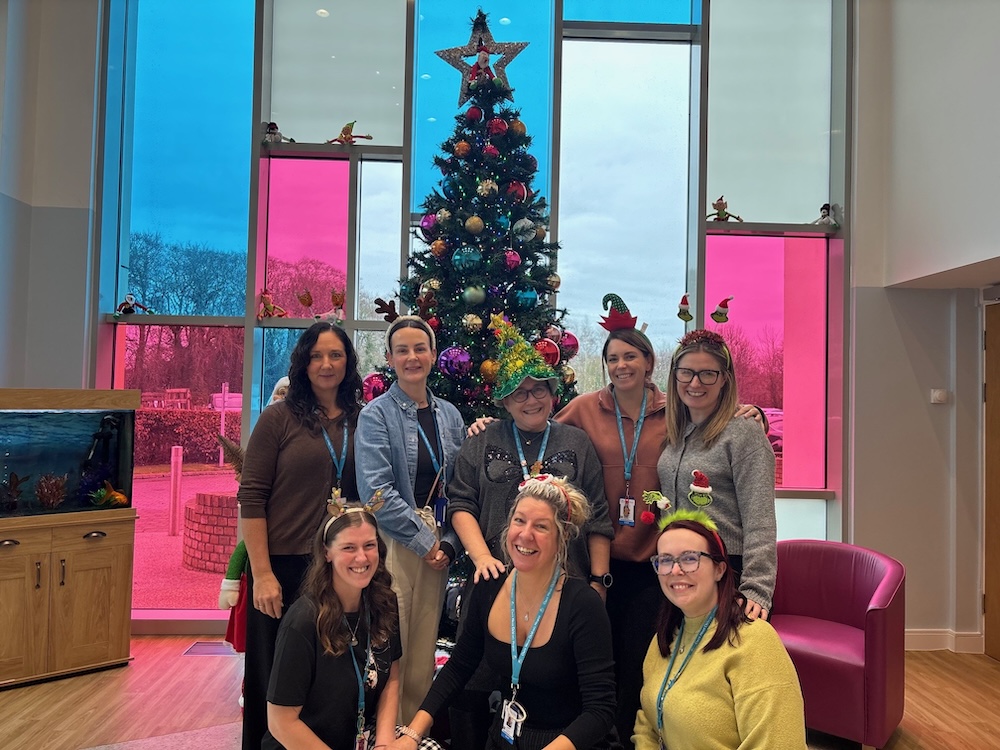
Features
Where did the Easter Bunny come from?
5 years ago

In the cold light of day, the Easter Bunny looks faintly bizarre. An egg-generating rabbit dispensing chocolate to children to celebrate the resurrection of Christ, he makes almost as little sense religiously as he does biologically.
You certainly won’t find him in the Bible (indeed, Leviticus 11:6 declares hares to be unclean), and he’s never neared the icon status of Santa Claus, or even B-tier characters like the tooth fairy.
There isn’t even a clear consensus on what the Easter Bunny is supposed to look like. He’s usually represented either as a real live rabbit, or some sort of clothed humanoid straight out of Alice In Wonderland. It’s all rather uncanny valley, and YouTube is filled with videos of terrified children fleeing from grinning, man-in-suit mall bunnies.
Don’t even get us started on the anatomy. Only two species of mammal lay eggs, and neither Easter Platypus nor Easter Echidna has the same ring to it.
So, how did we end up with the Easter Bunny?
Well, early origins are murky, but one theory holds that the rabbit, and the name ‘Easter’, both stem from the pagan festival of Eostre – a goddess of fertility whose symbol was a bunny. The link is contested by some scholars, but there’s no doubt that rabbits have long held sway as a religious symbol of reproduction.
Known for their *ahem* amorousness, rabbits make natural ambassadors for fertility, but in antiquity it was also believed that they could reproduce without intercourse. Hares have the remarkable ability to start a second pregnancy before the first litter has been delivered, helping bunnies gain an unlikely association with both parenthood and virginity.
You don’t need to be a theologian to work out where this is going, and in Christian art rabbits have long been painted alongside the Virgin Mary. Consider Titian’s Renaissance masterpiece “The Madonna and the Rabbit“, in which Mary’s lapine companion symbolises purity, and the possibility of conception without sin.
Where Easter eggs came from is easier to divine. Early European churches would apparently ban the consumption of eggs during lent, resulting in an eggy banquet come Easter weekend, while the practice of decorating egg shells has been common in Christendom for millennia.
How these associations transformed into the basket-wielding bunny of today is hard to say, but many modern scholars trace him to late medieval Germany. German writings from the 16th and 17th century contain scattered references to an ‘old fable’ concerning an ‘Easter Hare’, bringing eggs to good children like a long-eared, dairy-obsessed St. Nick.
When German immigrants settled in Pennsylvania in the 18th century it’s said that they took the legend with them, and it was in the United States that the Easter Bunny took on its recognisable role.
Through the late 18th and early 19th centuries American holidays slowly secularised and became increasingly family-friendly, partly in a deliberate effort to limit the disorder of boisterous public gatherings. The austere ‘Easter Hare’ was downgraded to a more kid-friendly Easter Bunny, and sweet shops filled with child-centric, rabbit-shaped treats.
Shrouded in centuries of uncertainty, there are still many gaps in the Easter Bunny’s tale. For the popular face of family Easter, this egg-bearing rabbit remains remarkably mysterious.









 Subscribe
Subscribe Follow Us
Follow Us Follow Us
Follow Us Follow Us
Follow Us Follow Us
Follow Us Follow Us
Follow Us











